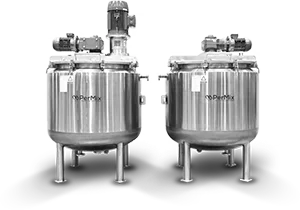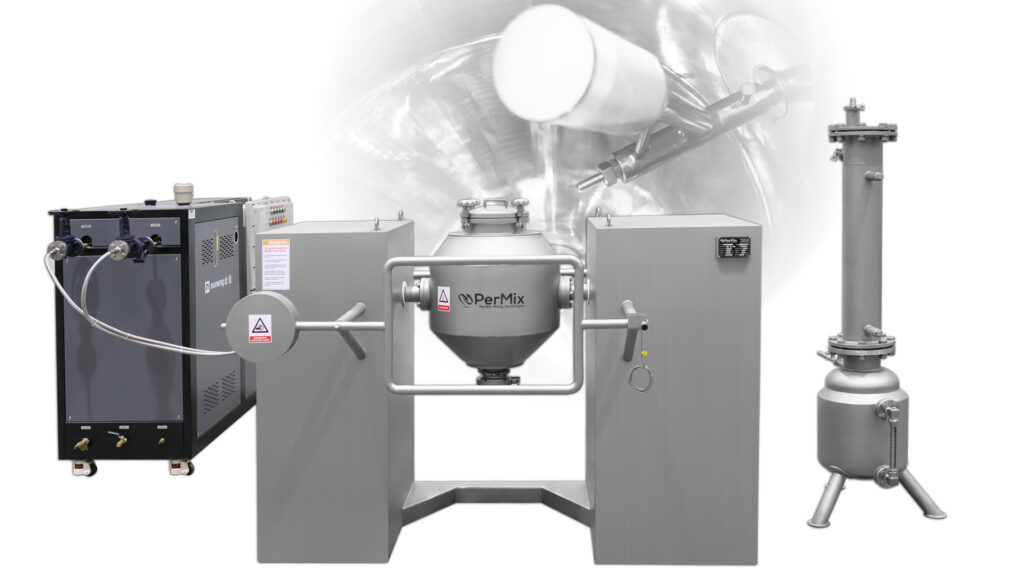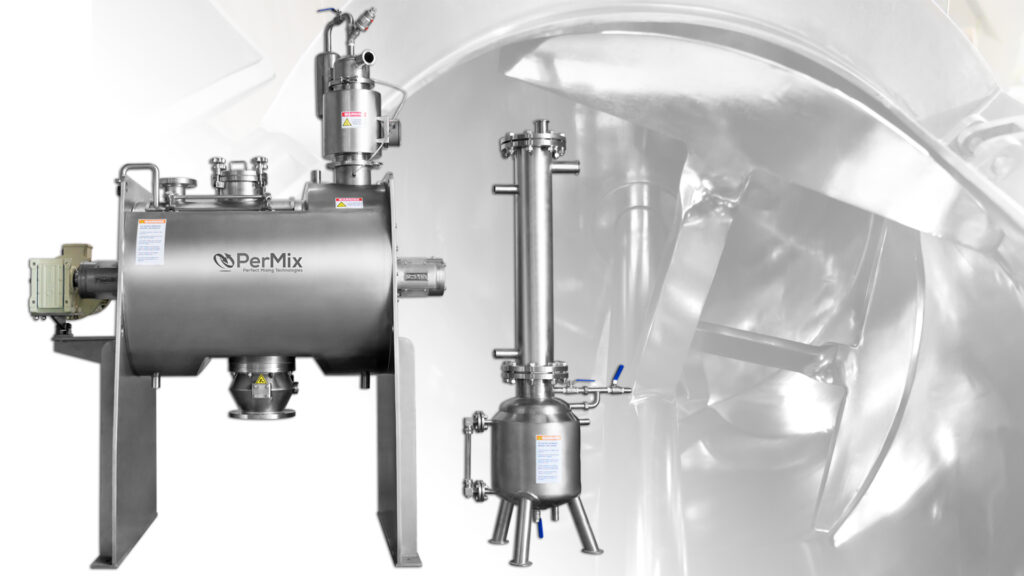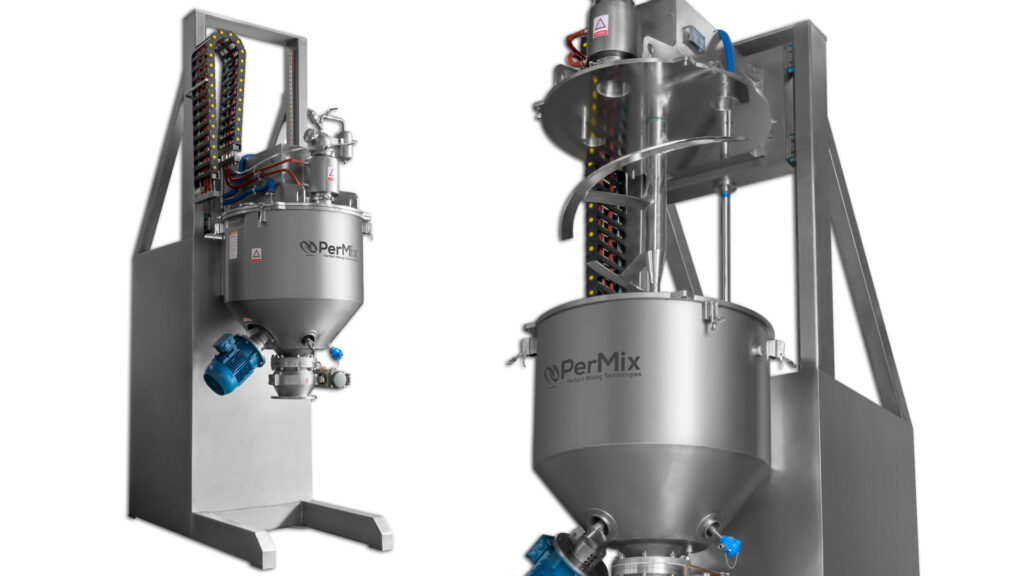Industrial Mixers
PerMix News & Updates



Mixing plays a crucial role in atomic deposition applications. In this article, we will explore the significance of mixing and its impact on the quality and performance of deposition processes. Whether it’s in chemical vapor deposition (CVD), physical vapor deposition (PVD), or atomic layer deposition (ALD), understanding the principles of mixing is essential for achieving optimal results.
Mixing is the process of combining different materials or substances to create a homogeneous mixture. In the context of atomic deposition, it involves the thorough blending of precursor gases, reactants, or materials to ensure uniformity and consistency during the deposition process. Effective mixing promotes the formation of a well-defined and controlled thin film, which is critical for various applications ranging from semiconductor manufacturing to surface coating.
1. Importance of Mixing in Atomic Deposition
2. Factors Influencing Mixing Efficiency
3. Techniques for Enhancing Mixing
4. Case Studies: Successful Mixing Strategies
5. Challenges and Future Perspectives
Achieving a uniform and well-mixed precursor or reactant mixture is vital for the deposition process. Proper mixing ensures that every part of the substrate receives an equal amount of the desired material, resulting in a consistent thin film. Whether it’s a single-component deposition or a multi-component alloy, the quality and properties of the film heavily depend on the uniform distribution of the constituents. Uniformity and homogeneity are key factors that determine the performance and functionality of the deposited material.
Several factors can impact the efficiency of mixing in atomic deposition applications. The choice of deposition technique, precursor properties, reactor design, temperature, and flow rates all play a significant role. The molecular weight and volatility of the precursors can affect their diffusion and transport properties, influencing how effectively they mix with other reactants. Reactor geometry and the presence of obstacles or baffles can also impact mixing efficiency by promoting turbulence or inhibiting stagnant zones.
To overcome challenges related to mixing in atomic deposition, various techniques and strategies have been developed. Some common approaches include optimizing reactor design, introducing turbulence-enhancing structures, using multi-inlet gas delivery systems, and employing rotating or oscillating substrate holders. Computational fluid dynamics (CFD) simulations can also be employed to analyze and improve mixing efficiency in a virtual environment.
Several successful case studies demonstrate the importance of efficient mixing in atomic deposition. For example, in the fabrication of complex metal oxide thin films for electronic devices, precise control over the mixing of precursor gases is crucial to achieve the desired stoichiometry and crystal structure. Similarly, in the deposition of multi-component alloys, proper mixing enables the formation of homogeneous and well-defined thin films with tailored properties.
While significant progress has been made in enhancing mixing efficiency in atomic deposition applications, challenges still exist. Achieving precise control over mixing in highly reactive or low-pressure environments remains a complex task. Future research and development efforts will focus on further improving mixing techniques, exploring novel reactor designs, and advancing in-situ monitoring and characterization tools to ensure the highest quality and performance of deposited films.
In conclusion, mixing plays a critical role in atomic deposition applications. Achieving uniformity and homogeneity in precursor mixtures is key to obtaining high-quality thin films. By understanding the importance of mixing, considering factors that influence mixing efficiency, and implementing appropriate techniques, researchers and engineers can optimize deposition processes and unlock new possibilities in materials science and technology.


